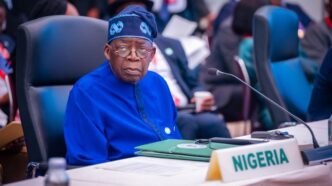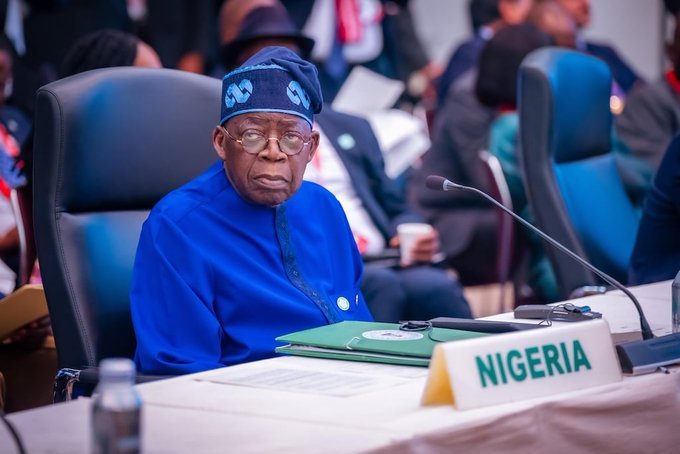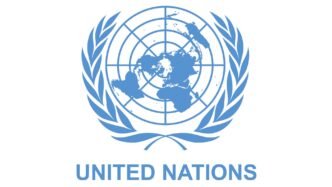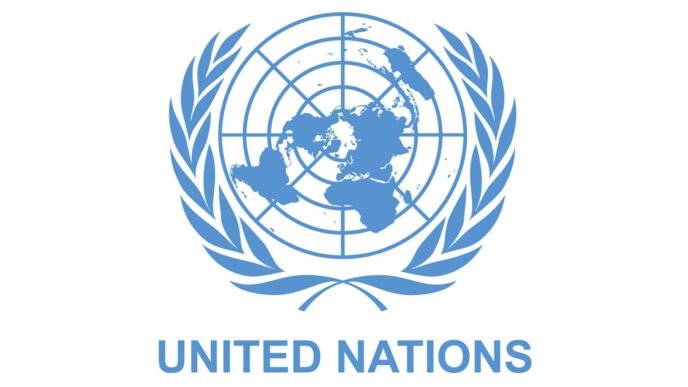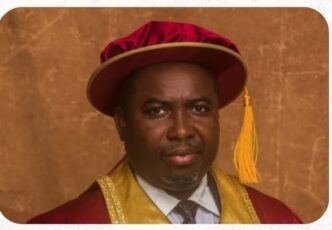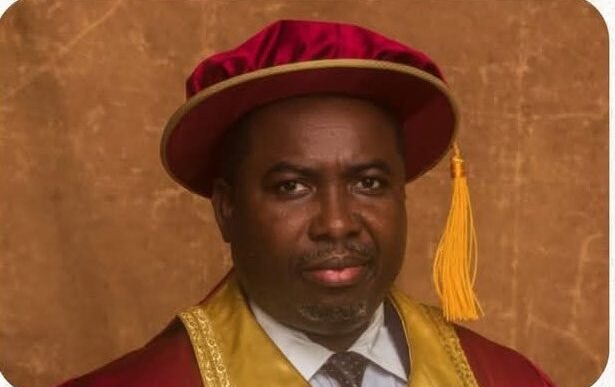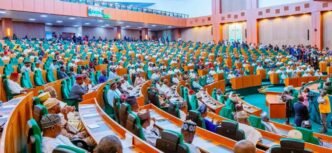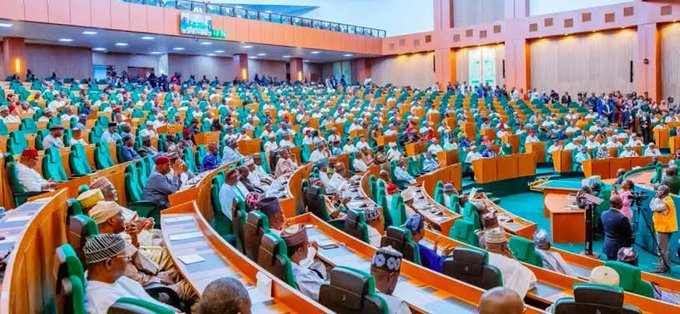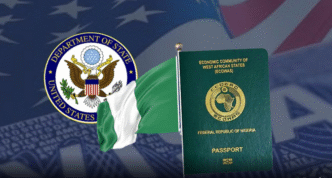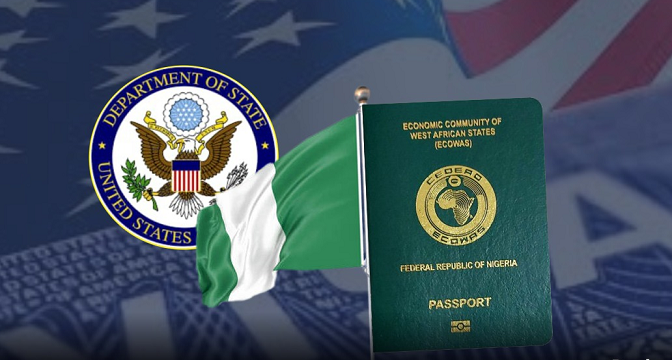Abuja, Nigeria — In a sharp repudiation of the World Bank’s recent poverty statistics, the Presidency on Wednesday dismissed the figure that 139 million Nigerians live in poverty as “detached from the country’s economic realities” and an analytical abstraction rather than a factual headcount. The government insisted that the estimate must be “contextualised” before being accepted as valid.
Below is a full-length reportage of the issue, its background, reactions, and what lies ahead.
World Bank’s Estimate: 139 Million Nigerians in Poverty
During the launch of the October 2025 Nigeria Development Update (NDU), the World Bank Country Director for Nigeria, Mathew Verghis, announced that an estimated 139 million Nigerians now live below the threshold of poverty.
This latest figure represents a significant increase compared to earlier estimates: the World Bank had previously put the number at 129 million as of April 2025, and around 87 million in 2023.
The NDU report, titled “From Policy to People: Bringing the Reform Gains Home,” argues that while Nigeria has made strides in macroeconomic stabilization, the gains have not sufficiently translated into improved welfare for many households.
Key observations in the report include:
- Food inflation remains a major drag: Households typically spend up to 70% of their income on food, and between 2019 and 2024, the cost of a basic food basket has reportedly risen fivefold.
- Nigeria’s economy is still showing signs of recovery: GDP grew by 3.9% year-on-year in the first half of 2025 (up from 3.5% in the corresponding period in 2024).
- External buffers strengthened: Foreign reserves have crossed $42 billion, and the current account surplus widened to 6.1% of GDP.
- The fiscal picture is improving: Despite lower oil prices, the federal fiscal deficit is projected at 2.6% of GDP, and public debt is expected to decline for the first time in more than a decade to 39.8% of GDP.
The World Bank contends that without more effective social safety nets, targeted interventions, and cost-of-living relief measures, these macro gains may not reach the most vulnerable Nigerians.
Presidency’s Rebuttal: “Analytical Construct, Not Reality”
Responding swiftly, President Bola Tinubu’s Special Adviser on Media and Public Communication, Sunday Dare, rejected the report’s conclusion, arguing that the 139 million figure is “unrealistic” and must be interpreted with caution.
Key points from the Presidency’s statement:
- Global benchmark conversion mismatch
The government contends that the World Bank’s key poverty threshold, $2.15 per person per day, is anchored to 2017 Purchasing Power Parity (PPP) terms — not a real-time Nigerian naira valuation. The Presidency argues that when converted to nominal terms using current exchange rates, $2.15 per day equates to approximately N100,000 per month, which exceeds Nigeria’s newly approved minimum wage of N70,000. - Modelled estimate vs. empirical measurement
According to the statement, the World Bank figure is a modelled global estimate, not an empirical headcount of Nigerians currently living in poverty. The government emphasized that Nigeria’s most recent major consumption-expenditure survey dates from 2018/2019, and thus the modeling must rely on outdated data. - Informal and subsistence economies undercounted
The Presidency argued that poverty assessments under PPP methodologies often under-represent informal and subsistence economic activities — sectors that sustain many households in Nigeria. It holds that the report’s methodology fails to capture the actual income dynamics at the grassroots. - Focus on trajectory, not static numbers
The statement stressed that the direction of improvement matters more than raw figures. The government asserted that Nigeria is on a path of recovery and reform, and that policies aimed at structural change should not be undermined by exaggerated statistical interpretations. - Highlighting social programmes and policy efforts
The Presidency used the opportunity to showcase several interventions:- Conditional Cash Transfers expanded to 15 million households with over N297 billion disbursed since 2023.
- Renewed Hope Ward Development Programme, operating in all 8,809 electoral wards, delivering micro-infrastructure, livelihoods, and social services.
- Strengthened National Social Investment Programmes (NSIP), including N-Power, GEEP micro-loans (TraderMoni, MarketMoni, FarmerMoni), and the Home-Grown School Feeding initiative.
- Food security measures, with subsidised grains, fertiliser distribution, mechanisation partnership, and revival of strategic food reserves.
- Infrastructure investments via a Renewed Hope Infrastructure Fund to drive jobs and reduce costs.
- Support for small businesses through a National Credit Guarantee Company offering risk-shared credit to entrepreneurs.
The Presidency reiterated President Tinubu’s personal commitment to build a “resilient and inclusive economy” in which macroeconomic stability yields tangible improvements in living standards.
Fault Lines & Critiques: Who Is Greater Risk, the Report or the Rebuttal?
This standoff raises pressing questions not only about poverty levels in Nigeria, but also about methodology, credibility, and the political economy of relief and reform.
Critiques of the Presidency’s rebuttal
- Methodological dismissal
Some economists warn that dismissing the World Bank’s methodology wholesale undermines public confidence in objective data. They argue that PPP-adjusted poverty lines serve as global benchmarks precisely to allow cross-country comparisons, and to correct for purchasing power disparities across jurisdictions. - Delayed data vs real-time claims
Indeed, Nigeria’s most recent national consumption survey dates back several years, creating an unavoidable lag in empirical measurement. The Presidency’s critique hinges on that lag — but critics say it does not justify outright rejection. - Magnitude of hardship visible on the ground
Civil society groups, labour unions, and opposition parties warn that even if 139 million is too generous, the day-to-day lived hardship across many Nigerian communities suggests a crisis of affordability, hunger, and joblessness. In many markets and homes, Nigerians report struggling to keep food on the table, pay rent, and manage utility bills. - Risk of statistical denialism
Some worry that governments rejecting external data risk entering a zone of denial, where reality is subject to political convenience. Rejecting figures because they appear politically inconvenient can create credibility gaps.
Defense of the Presidency’s stance
- Legitimate demand for contextualization
The government has a point in demanding that global models be carefully adapted to Nigeria’s realities: exchange rates, inflation dynamics, and the dominance of informal economies complicate raw cross-country comparisons. - Highlighting internal programmes is important
The presidency’s effort to showcase welfare programmes and structural reforms suggests it recognizes the political stakes of poverty. It is vital for governments to show that they are not oblivious to suffering, even while contesting external metrics. - Caution against panic and demoralization
Overstated or misinterpreted figures can drive despair and pessimism. A spirited rebuttal might be aimed partly at preventing a narrative of irreversible decline.
What to Watch: Moving Forward
1. Independent verification and civil society audits
To bridge credibility gaps, independent institutions, universities, and civil society should be empowered to conduct fresh poverty and consumption surveys, especially given evolving macroeconomic shocks. Interrogating both the World Bank and the government response through independent data review would strengthen public confidence.
2. More frequent data updates
Nigeria must accelerate and expand its data collection mechanisms (e.g., annual or biannual household surveys, consumption tracking, geospatial poverty mapping) to reduce reliance on outdated data and modelled projections.
3. Greater transparency in programme expenditure and outcomes
If the government is serious about confronting poverty, every Naira disbursed in social programmes must be traceable and evaluated. This includes giving citizens clear results: how many households lifted above minimum thresholds, how many prevented from slipping into poverty, and the cost-effectiveness of interventions.
4. Refining benchmark approaches
Nigeria could explore more localized poverty benchmarks (e.g., regional or state-level lines reflecting cost of living differences), rather than a one-size-fits-all PPP threshold. Hybrid metrics combining consumption, multidimensional measures (education, health, living standards) may offer a fuller picture.
5. Bridging macro success to micro welfare
Finally, macro stability — rising reserves, controlled deficits, credit reforms — must translate into lower food prices, better rural infrastructure, improved supply chains, and job creation. Without that translation, the debate over statistical metrics remains abstract while millions continue to suffer.
Conclusion: A Clash of Numbers and Narratives
The sharp disagreement between Nigeria’s presidency and the World Bank over whether 139 million Nigerians live in poverty is more than statistical semantics. It reflects a deeper conflict over how we define, measure, and respond to human suffering.
On one side is a global institution using comparative, model-based approaches to quantify poverty. On the other is a government intent on charting its own narrative and claiming that external estimates misread local realities. Both sides have legitimate arguments — but neither side gains much if the fight over numbers distracts from urgent action.
If Nigeria’s economic gains are to be meaningful, they must reach the everyday home, marketplace, school, and farm. The true test is not which figure prevails in headlines, but whether families see real relief, opportunity, and dignity.

